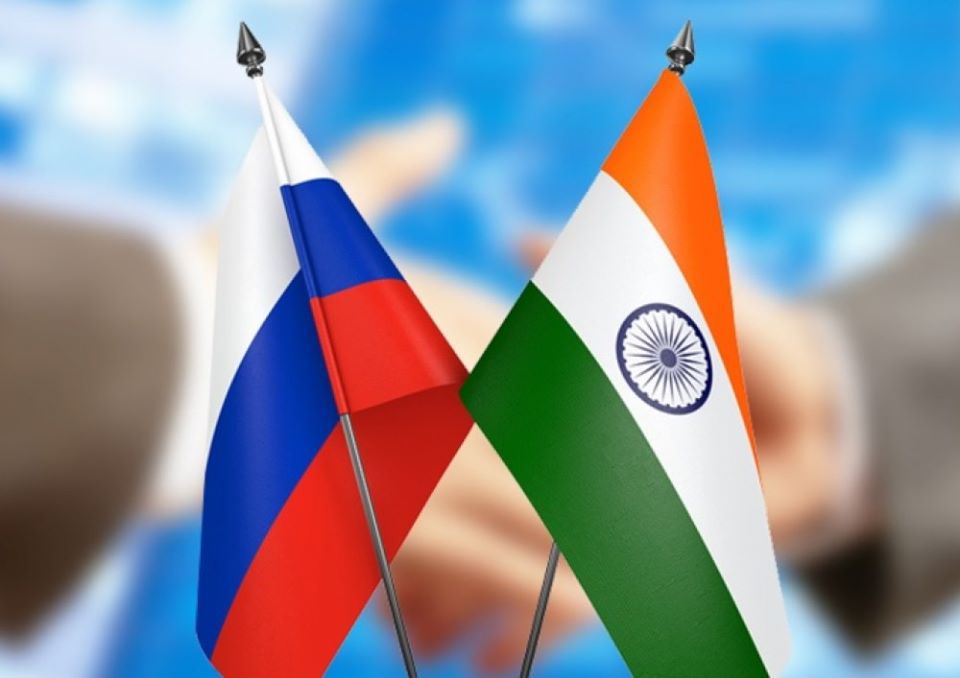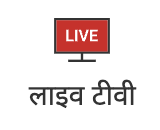India, with its vast cultural heritage spanning thousands of years, influences not only everyday customs but also professional interactions. Beyond local traditions, the corporate culture is also shaped by the rich history of trade and collaboration with neighbouring countries and former colonial influences. This unique blend of values makes conducting business with Indian partners a multi-dimensional experience, requiring a deep understanding of their cultural and communication styles.
To explore these nuances, we turn to experts in Indo-Russian business relations:
Evgeny Griva – Deputy Trade Representative of Russia in India, Academic Director of the Russian-Indian Business Partnership program, Higher School of Economics.
Artem Ukolov – Chief Specialist-Expert, Trade Mission of the Russian Federation in India.
Olga Basha – Senior Vice President, Head of International Settlements Development, VTB.
In addition to being the most populous country on the planet with a population of over 1.4 billion people, India is also considered “young”: the average age of the country’s population in 2023 was 29.5 years (in Russia, the same figure is 41.5). However, in addition to the demographic dividend, which most researchers call a plus, this state of affairs is also a source of problems.
The main one is the overload of the labour market and the high unemployment rate. It is about 8% in the country, and up to 18% among young people. It is difficult to provide unambiguous statistics due to the fact that many unemployed people are not officially registered with the labour exchange.
At the same time, according to various estimates, there are between 100 and 150 million people without work in India. These job seekers usually have only a basic education (or none at all), and their only employment options are vacancies that do not require special skills or entry-level positions in companies. The wages of such workers are usually extremely low. Even despite the efforts of the Indian government, which is actively fighting unemployment, there are usually a lot of applicants for such vacancies – in the thousands. As a result, officials find themselves in a situation where they are essentially forcing companies (especially large ones) to expand their staff. It is common to see several Indians working where one person could easily do the job. One example is a toll booth where three people work (one punches the receipt, one passes it to the counter, and one takes the money and gives the change).
It is also worth noting that the large number of unskilled labour, although a distinctive feature of India, does not characterise the country’s labour market completely. The country can boast a large number of highly qualified specialists in various fields – from pharmaceuticals to IT. At the same time, the size of wages grows exponentially depending on the level of education and potential position of the applicant.
Finding the right balance between local employees and expats can be a real challenge for a foreign company, says Olga Basha. “If we talk about how we solved this problem, then most of the employees of our branch in New Delhi are Indians who, on the one hand, have a deep understanding of the local market, knowledge of cultural subtleties and long-standing connections, and on the other, have adapted perfectly to work in a Russian bank with its unique corporate culture and business specifics by Indian standards,” she explains.
At the same time, according to the expert, it is difficult to train an employee in India for specific tasks, but it is quite feasible: Indian employees have been working at the VTB branch in the country for more than five years and during this time have grown both in their profession and position. “In my opinion, foreign companies should more actively attract Indian employees for work. At the same time, tasks related to the implementation of corporate standards and business processes, as well as interaction with the head office, are more effectively built by expats,” says Olga Basha.
Recruitment and Family Ties
Business in India is often a family affair. Immediately after receiving higher education, children usually get jobs in their parents’ companies and begin career growth within the organisation. The most famous family companies in India are Jindal, Tata, Adani Group, Reliance Industries.
Such nepotism does not hinder commercial success, and family companies are the largest enterprises in the country. In general, the approach to attracting all sorts of relatives to various positions is a distinctive feature of India. Indians are convinced that a company in which relatives work is strong, stable and solid.
This may scare off Russian businessmen, and relatives in management positions may be perceived as something strange. But don’t be fooled, Indians perceive kinship within the company as a plus and are very proud of it. Often Indians can come to negotiate not only with relatives who hold current positions, but also with those who have already retired, but, for example, stood at the origins of the company. For them, this is an indicator of stability. It is worth noting separately that even the most distant relatives of the fourth and fifth generation are hired to work for one company in India (usually as ordinary employees). This is seen as caring for the family and is strongly encouraged by Indian society.
Older employees, even if they are no longer with the company, play a significant role in negotiations, explains Olga Basha. According to the expert, their many years of experience and contribution to the creation of the company are usually highly valued in Indian companies. “Often their opinion can be decisive in meetings, since they are asked for advice and expertise. In India, respect for elders is not just a formality, it is a deep part of the culture. Therefore, a respectful attitude towards such participants in negotiations is not only a matter of politeness, but also a strategic advantage. Such a respectful attitude helps to establish trusting relationships and can play an important role in the success of negotiations,” says Basha.
At the same time, regular recruitment in India exists in the same format as in Russia. Companies receive resumes and process them, invite applicants for an interview and make an offer. However, even here India would not be India if the usual process of finding employees did not have some unique features for the country.
In addition to the huge influx of people applying for general labourers and mid-level managers, it is difficult to find a suitable candidate for positions above that. This problem is usually solved with a recommendation. Sometimes, people even ask for a recommendation from a competitor, and often such a request led to a recommendation that ended in hiring. In India, a recommendation is a very important tool that can affect the reputation of both the recommender and the recommended. In India, recommendations play a key role in recruiting, Olga Basha points out. A candidate recommended by friends or colleagues is accepted by the team faster, and the adaptation process is much easier. “The system of recommendations is deeply rooted in Indian corporate culture, and this is similar to Russia: in the cultures of both countries, as confirmed by research, manifestations of collectivism prevail, in contrast to the Western tradition, where individualism often prevails. Recommendations are beneficial to both parties in the hiring process: the employer who received recommendations forms an initial trust in the candidate, and the employee is able to learn the internal features of the company,” she explains.
At the same time, according to the expert, independent agencies can also be useful, especially if you need to find a specialist with a set of competencies necessary to solve a specific problem.
Motivation
India also has its own peculiarities in the incentive system. The country practically lacks a system of monetized incentives for employees, with the exception of the 13th salary on the most important holiday – Diwali. That’s all. There are no familiar KPIs, the MBA format beloved by management, grading, management by objectives. This not only does not bring any benefit, but also causes misunderstanding among Indian employees.
This peculiarity is primarily due to the fact that the concept of changing the world and self-expression from the point of view of achieving a super result is incomprehensible to an Indian. In general, initiative in work, given the rigid Asian hierarchy, is practically absent. An exception may be young Indians who studied abroad, but they are often the top management of the company. Accordingly, performers and middle management will wait for clear instructions from the management, in every possible way absolving themselves of responsibility. At the same time, India has a non-standard strategy for retaining personnel that works for Russia – gradually adding some corporate privileges to employees. This happens in the country on a permanent basis.
In Russia today, incentive systems are changing in accordance with the realities of the labour market and are becoming similar to their Indian counterparts. Experts note that if previously an employer could limit himself to bonuses for results and payment of basic voluntary health insurance, today employees expect more and companies are forced to expand the list of incentives offered. In addition to voluntary health insurance, it may include training at the expense of the employer, corporate events, gifts for significant dates and payment of communication and Internet expenses. But despite the conceptual similarity, the scale of incentives in Russia and India differs. The biggest corporate bonus for an Indian is transport for top management (and that is at the level of a Skoda Octavia or a car of the same class), free bus travel to work and a modest snack at work (and that is only for large companies). Thus, “innovations” on an annual basis in the corporate bonus system usually significantly increase employee loyalty and the length of their work in the company.




 Subscribe Us
Subscribe Us
















